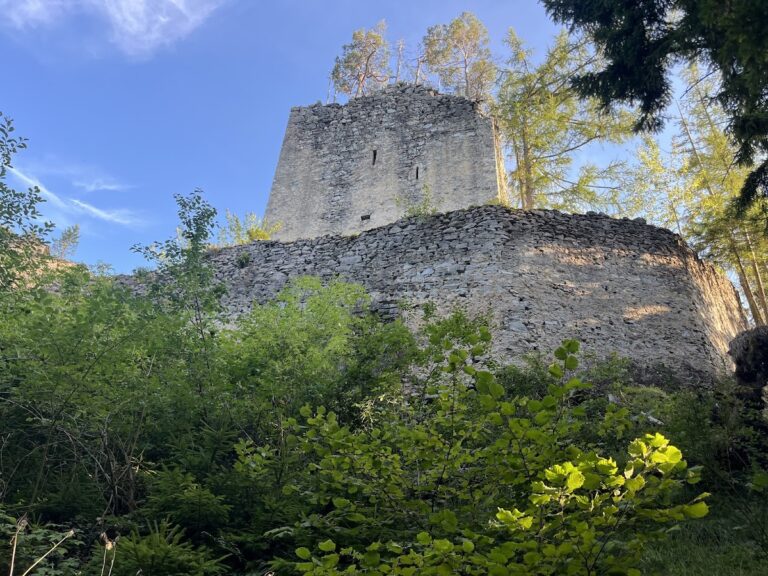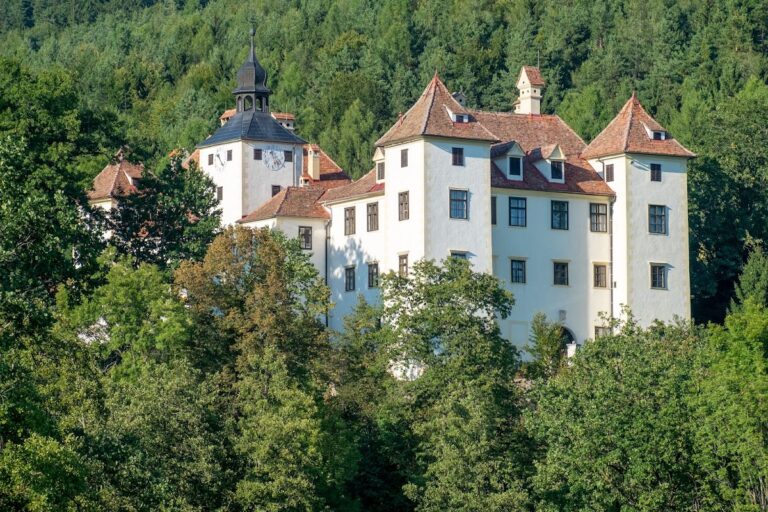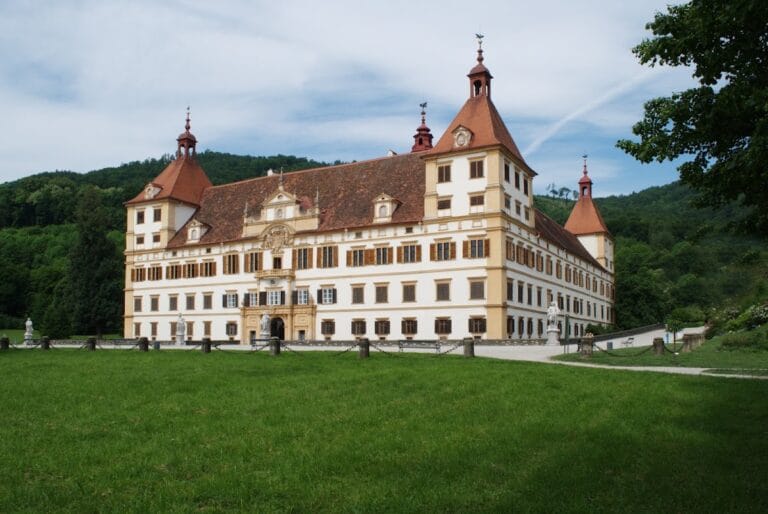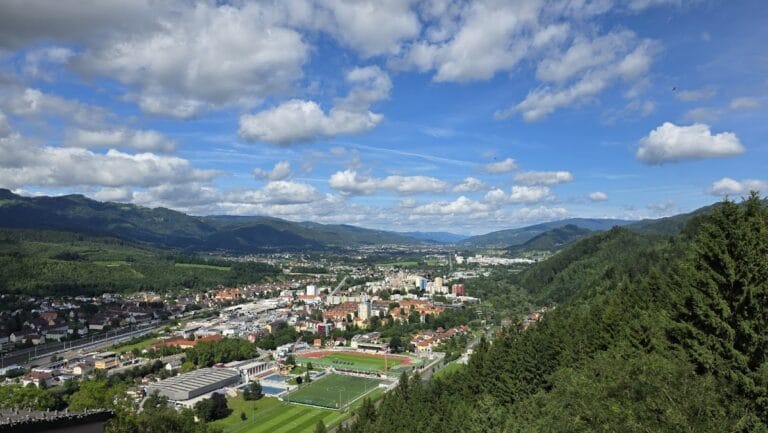Burg Rabenstein: A Historic Rock Castle in Frohnleiten, Austria
Visitor Information
Google Rating: 4.6
Popularity: Low
Google Maps: View on Google Maps
Official Website: www.burg-rabenstein.at
Country: Austria
Civilization: Unclassified
Remains: Military
History
Burg Rabenstein is located in the municipality of Frohnleiten, Austria. The castle’s origins trace back to the medieval period and it was initially established by the Germanic nobility who controlled this region during the High Middle Ages.
The earliest known occupant was Hartnid Schenk von Rammenstein, who held the castle, then called Rammenstein, between 1240 and 1276. The site’s importance stemmed largely from its commanding position above the Mur River valley, allowing control and restriction of movement through this key corridor. By the late 15th century, the original medieval structure had burned down and was left in ruins.
Despite the destruction, a new castle had already been constructed earlier, in the 14th century, under direct ownership of princely territorial authorities. In 1497, the castle—still in a dilapidated state—was granted by Roman-German King Maximilian I to the Harrach family. Following this, the property underwent rebuilding efforts and was sold in 1543 to Philipp von Breuner. Subsequent owners included influential families such as the Windischgrätz and Waldsteiner.
During the 17th century, under the Trauttmansdorff family, Burg Rabenstein saw significant renovations in the Baroque style. This period saw the addition of elaborate stucco work in the knights’ hall, created by Alexander Serenio, which for some time was mistakenly attributed to the prominent architect Johann Bernhard Fischer von Erlach. Over the following centuries, the castle passed between various noble families, including the Wagensperger and Dietrichstein lineages.
By the first half of the 19th century, the castle had once again fallen into near ruin. It was restored under the guidance of Ludwig von Montoyer, reflecting changing attitudes toward preservation during that era. In 1887, ownership transferred to the Reininghaus family.
After the disruptions of World War II, Burg Rabenstein was adapted for use as a guesthouse. In 1981, the property changed hands first to the Liechtenstein family, and soon after to the Styrian Electricity Company (STEG), which repurposed the site as a venue for cultural activities such as theatrical performances, art exhibitions, and musical concerts. Positioned below the castle, the Murkraftwerk Rabenstein hydroelectric plant began operation in 1987 and remains functional today.
The early 21st century brought new changes, as entrepreneur Werner Hochegger acquired the property in 2005. He led extensive modernization and restoration efforts until 2009, adding a contemporary extension to accommodate events and lodging. This renovation included infrastructure improvements such as a parking facility and a panoramic lift connecting the castle to the valley below.
Following Hochegger’s death in 2018, management passed to his business partner Jürgen Unterrainer, who offered the estate for sale in early 2024 for nearly 10 million euros, marking the latest chapter in the castle’s long history.
Remains
Burg Rabenstein is classified as a rock castle, uniquely set atop a rocky promontory overlooking the Mur River, which enabled its occupants to control the Mur valley below. The entire complex encompasses approximately 2,700 square meters of usable space, distributed among interconnected buildings that have been adapted with several lifts to provide easy access between floors.
Central to the castle is a courtyard measuring around 400 square meters, featuring a circular pathway paved with granite cubes—a durable material typical of historic paving in the region. This outdoor area serves as a focal point connecting the different wings of the castle.
One distinctive feature is a rock tunnel accompanied by an elevator that leads to a retreat area situated above the main castle structures. This upper refuge provides roughly 198 square meters of space, blending natural rock formations with constructed elements.
Access to the castle is facilitated by an asphalt road that climbs to the site, supplemented by a panoramic lift installed directly on the rock face. This engineering solution highlights the challenges posed by the steep terrain surrounding the castle.
The castle’s water needs are met primarily by a private spring located above the property, although it also connects to the public water and sewage systems, reflecting modern updates to infrastructure. Heating is supplied by an air-source heat pump, a contemporary environmental technology.
The 17th-century Baroque remodeling is evident in the decorative stucco work found within the knights’ hall, attributed to Alexander Serenio. This ornamental detail stands as a preserved element of the castle’s rich artistic heritage from that period.
Situated within a predominantly mixed-forest landscape on hilly terrain, the castle is set in a valley at an elevation of 532 meters above sea level, with nearby terrain rising to 905 meters about a kilometer and a quarter to the west. The nearest larger town is Frohnleiten, located approximately 4.5 kilometers to the northeast, placing the castle within a natural and strategic setting that has influenced its historical development.










